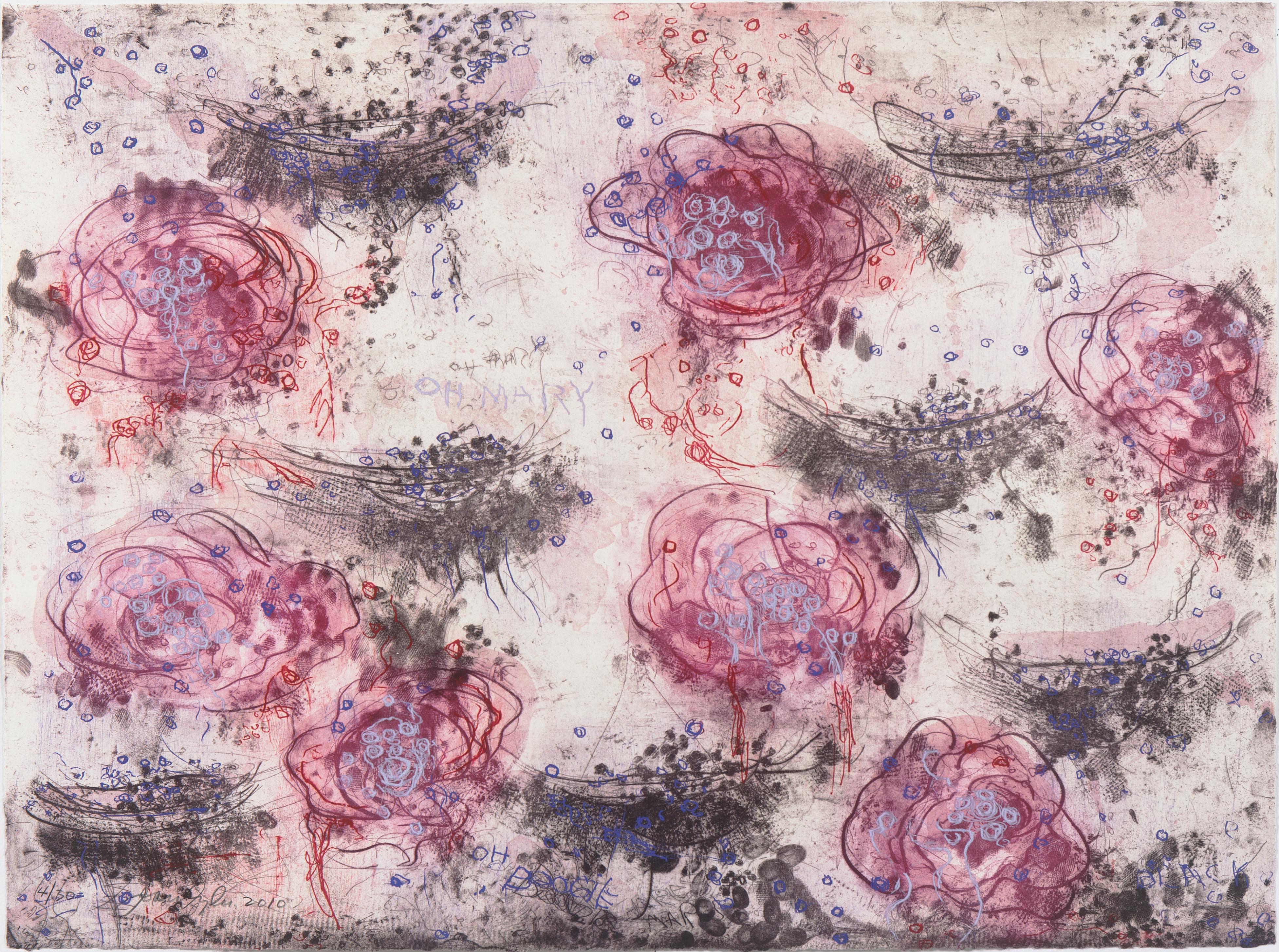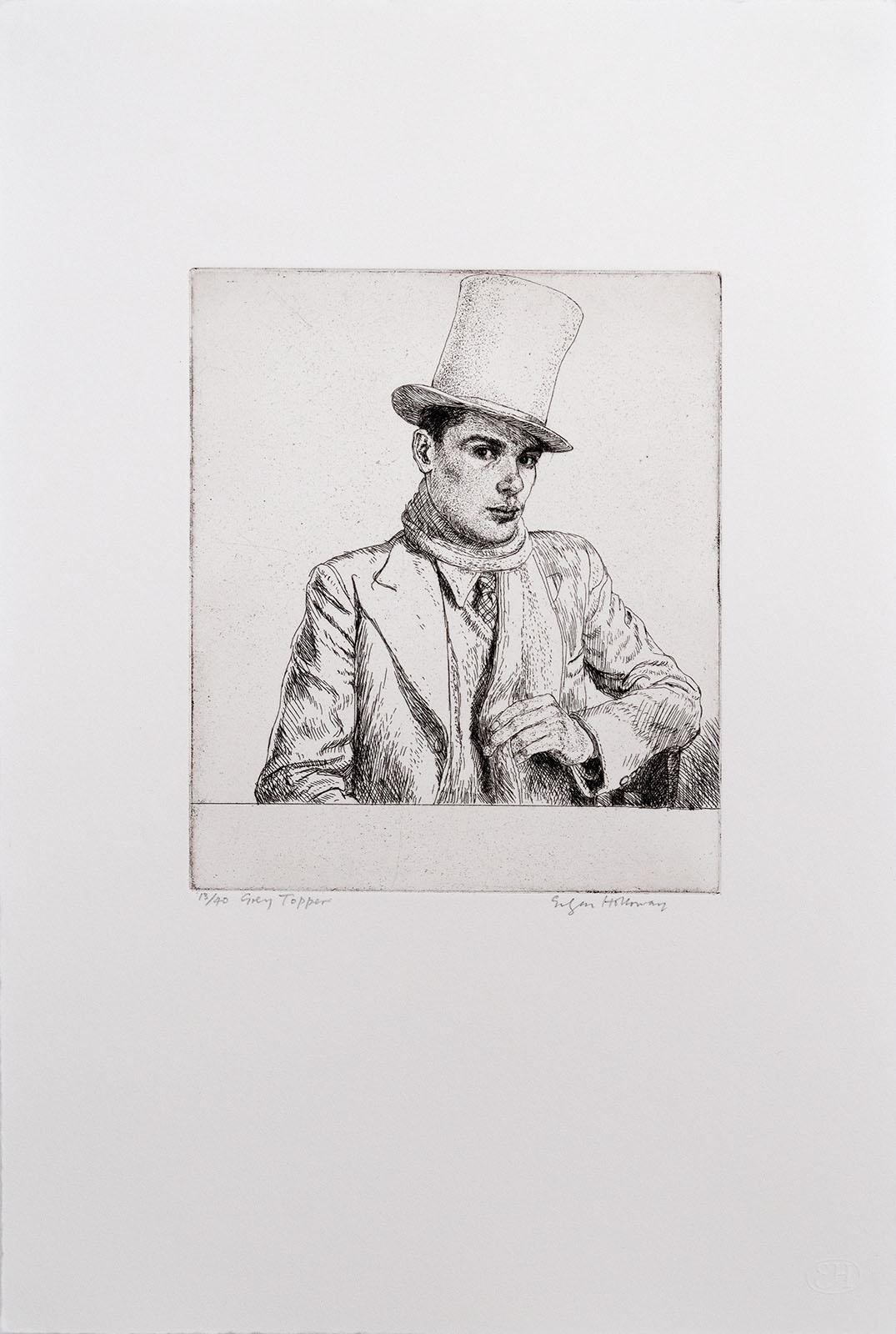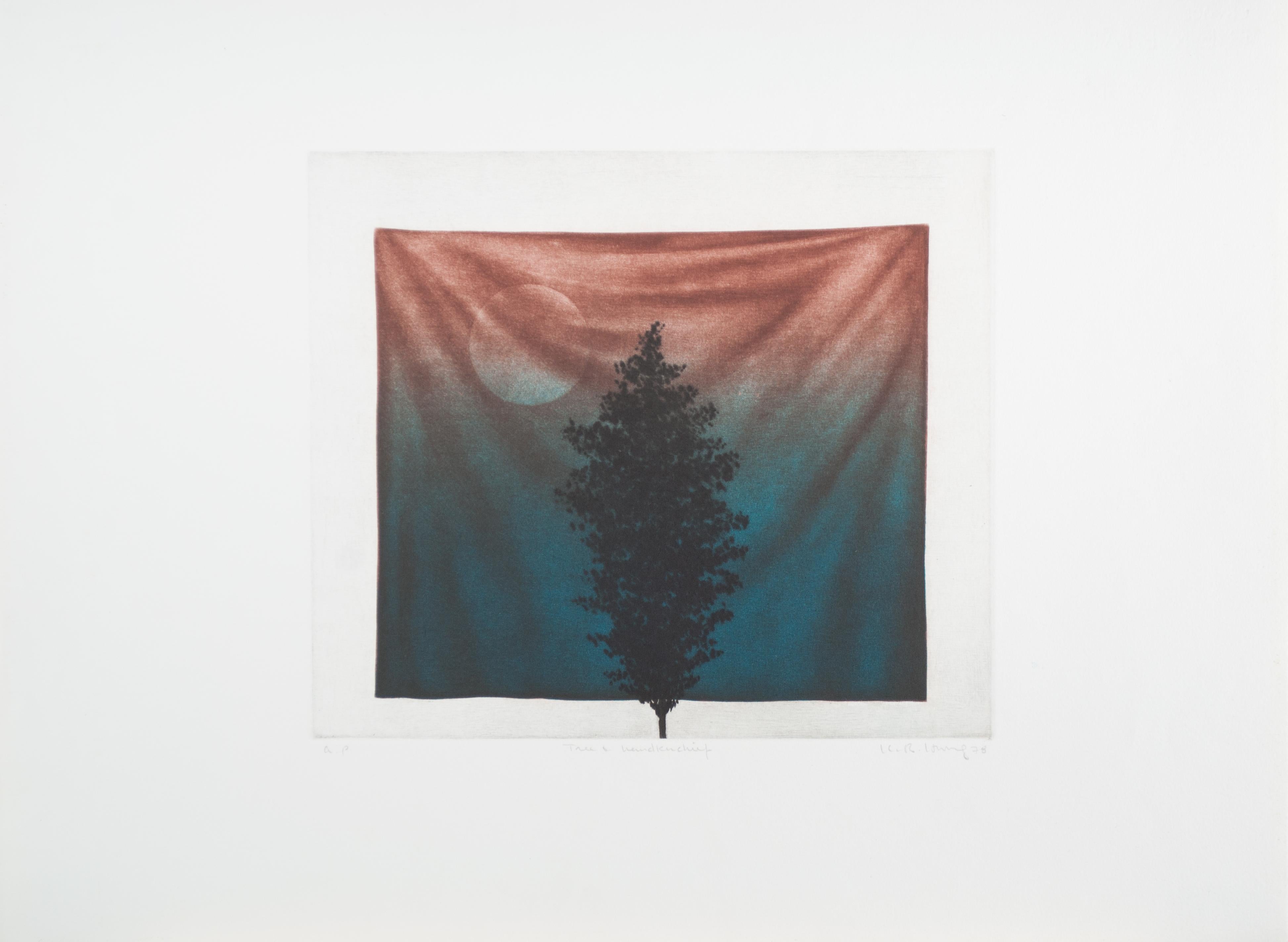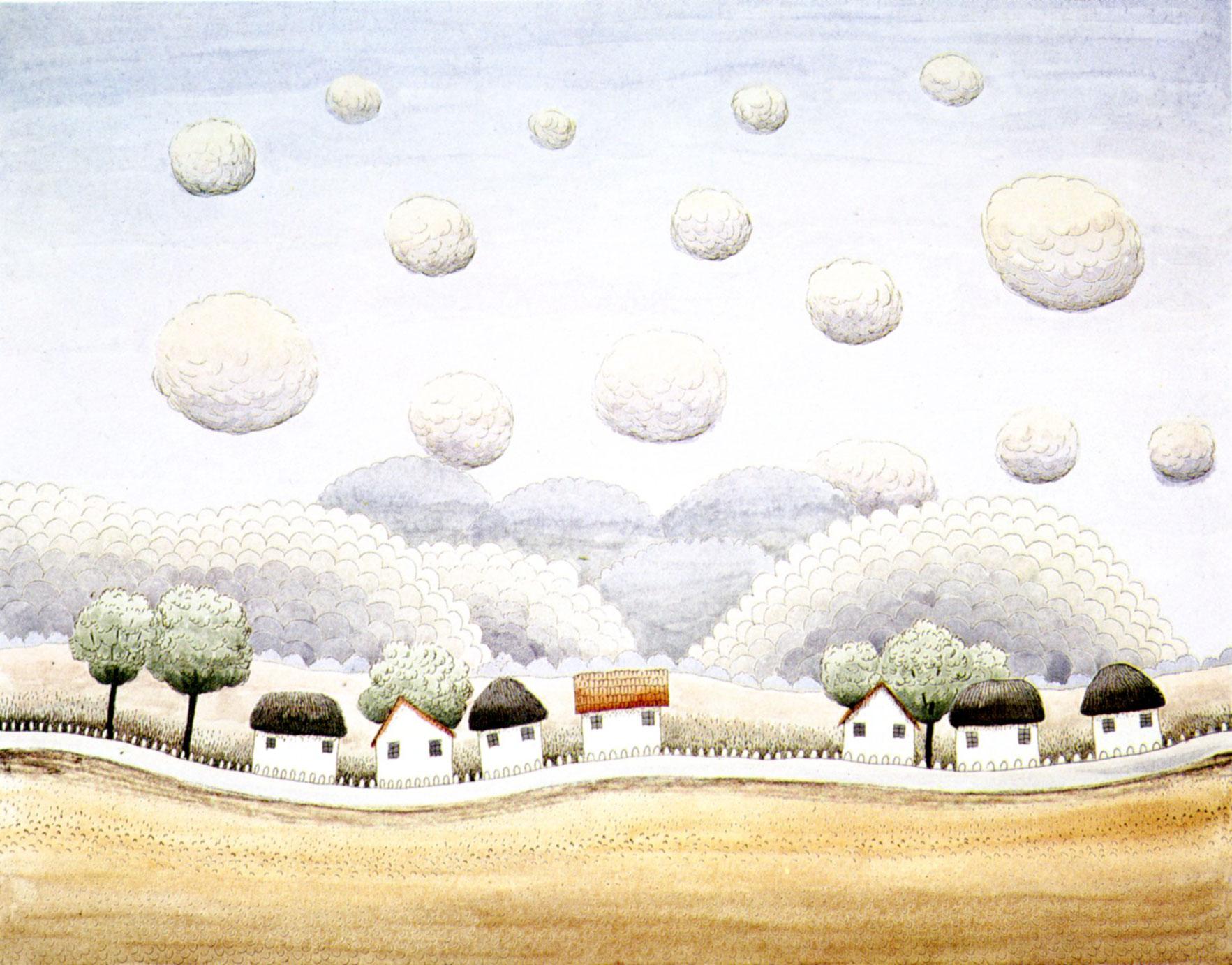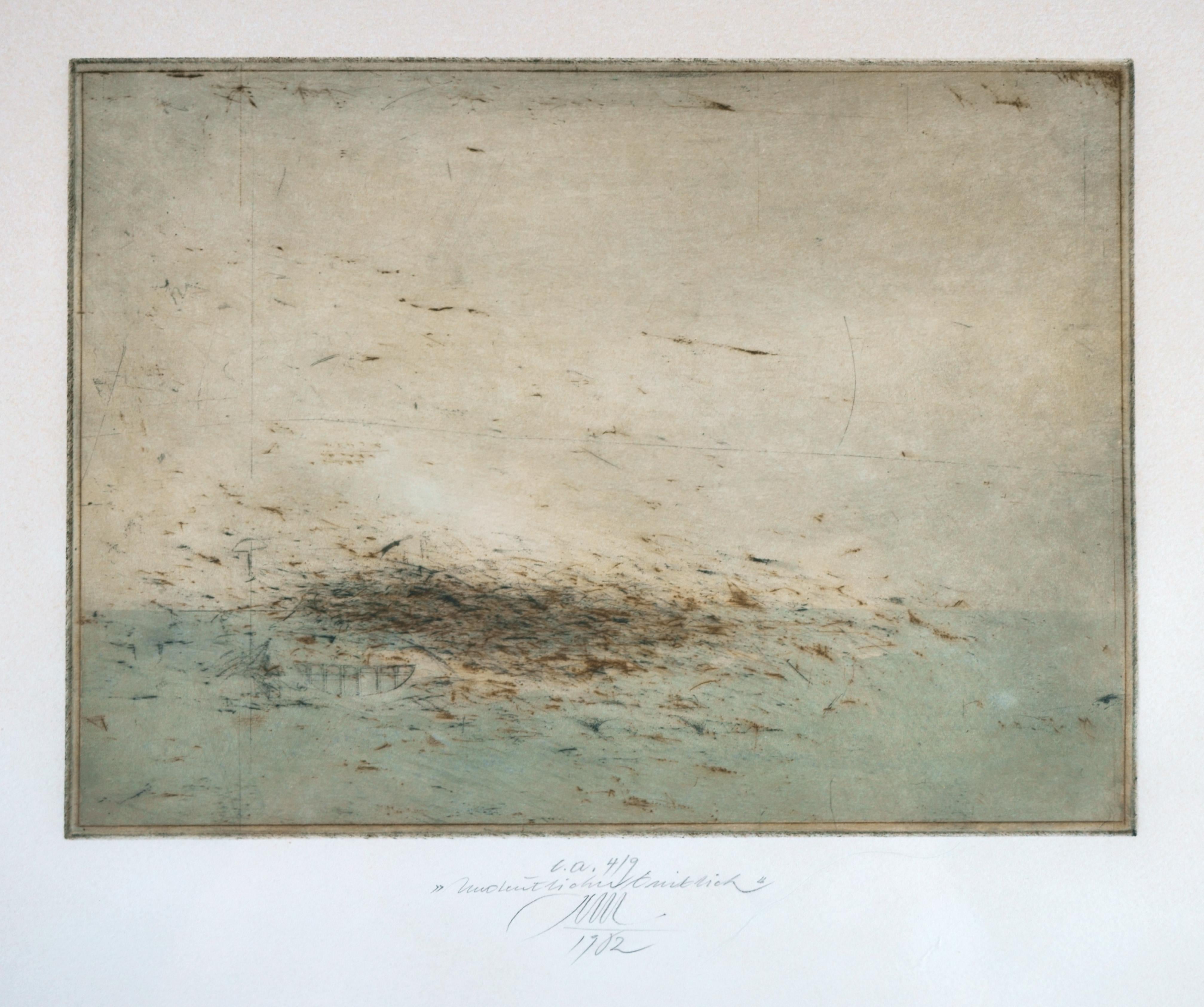Items Similar to Jardin de la Villa à Brantôme by Paulémile Pissarro - Etching Print
Want more images or videos?
Request additional images or videos from the seller
1 of 6
Paulémile PissarroJardin de la Villa à Brantôme by Paulémile Pissarro - Etching Print
About the Item
*UK BUYERS WILL PAY AN ADDITIONAL 20% VAT ON TOP OF THE ABOVE PRICE
Jardin de la Villa à Brantôme by Paulémile Pissarro (1884 - 1972)
Etching
20.5 x 28.5 cm (8 ⅛ x 11 ¼ inches)
Signed lower right, Paulémile Pissarro and numbered lower left, 6e etat No 1
Artist's Biography
Paulémile Pissarro, Camille Pissarro’s youngest son, was born in Éragny in 1884 where he was brought up within the creatively fertile environment of his family home and, encouraged by his father, began drawing at an early age. Paulémile’s godfather was Claude Monet, who became his teacher and legal guardian after Camille’s death in 1903.
In 1905 Paulémile exhibited at the Salon des Indépendants for the first time. Although his father had supported Paulémile’s desire to be an artist, his mother was eager for him to learn a more practical trade. Therefore in 1908 he put aside his artistic pursuits to work as an automobile mechanic and test-driver, then later as a lace and textile designer, allowing him only a limited time to paint. Paulémile only fully dedicated himself to painting following a letter from his brother Lucien in London, who wrote to invite him to take part in an exhibition held in London. Subsequent to the successful sale of a number of watercolours he had sent over, the young artist became inspired to leave the textile factory and pursue a career in art.
By the 1920s Paulémile had become an established Post-Impressionist artist in his own right, spending the summer months escaping from Paris on painting trips with fellow artists Kees Van Dongen, Raoul Dufy, Maurice de Vlaminck and André Dunoyer de Segonzac. In 1922 Paulémile purchased a house in Lyons-la-Forêt, a small village within the region of his hometown of Éragny and Giverny, where he moved in with his first wife Berthe Bennaiche. During this time, he developed a form of Cubism inspired by Paul Cézanne whom he dearly admired, creating some wonderful paintings of the river Eure and its surrounding villages. There he formed a close friendship with his neighbour, the famous Art Deco designer Émile-Jacques Ruhlmann, who designed a stunning Art Deco studio for Paulémile adjacent to his house.
In 1930 he visited and fell in love with the Swiss Normandy area in the Calvados region, in particular the River Orne which runs through the valley adjacent to the villages of Clécy and St. Remy. The combination of rolling hills, bold meadows and the calm river weaving its way through the landscape offered Paulémile a new burst of inspiration. With his second wife Yvonne Beaupel, Paulémile eventually moved to Clécy in 1935, where he would remain for the rest of his life. Of their three children, both H. Claude and Yvon also became artists.
With his house backing on to the river Orne, Paulémile developed a new way of working using a boat as a floating studio, where he spent countless days painting the calm waters from between the riverbanks. Here the influence of his godfather Claude Monet became apparent, particularly in Paulémile’s depiction of water, which was revolutionised by the Impressionist icon. He also applied Monet’s lessons in horticulture to the creation of an abundant garden, offering him many more motifs for his new paintings. Alongside these river landscapes, he also painted the neighbouring hay fields, various snow scenes, some interiors and still lives. The most ambitious work in his oeuvre was a fresco painted on all four walls of his own dining room, depicting the adjacent river in which he includes family members, neighbours and friends.
In 1967 Paulémile had his first one-man show in the United States at Wally Findlay Galleries in New York. This led to widespread recognition and a degree of professional success that few Pissarro artists knew during their lifetime. Since his death in 1972, Paulémile remains one of the best known of Camille’s sons.
- Creator:Paulémile Pissarro (1884 - 1972, French)
- Dimensions:Height: 8.08 in (20.5 cm)Width: 11.23 in (28.5 cm)
- Medium:
- Period:
- Condition:
- Gallery Location:London, GB
- Reference Number:1stDibs: LU261212622842
About the Seller
5.0
Recognized Seller
These prestigious sellers are industry leaders and represent the highest echelon for item quality and design.
Platinum Seller
These expertly vetted sellers are 1stDibs' most experienced sellers and are rated highest by our customers.
Established in 1964
1stDibs seller since 2015
95 sales on 1stDibs
Typical response time: 4 hours
Associations
Society Of London Art Dealers
- ShippingRetrieving quote...Ships From: London, United Kingdom
- Return PolicyA return for this item may be initiated within 7 days of delivery.
More From This SellerView All
- Le Village de Landel by Paulémile Pissarro - etchingLocated in London, GBSOLD UNFRAMED Le Village de Landel by Paulémile Pissarro (1884 - 1972) Etching 17.2 x 23.7 cm (6 ¾ x 9 ⅜ inches) Signed lower right, Paulémile-Pissarro and numbered lower left, 2e e...Category
20th Century Post-Impressionist Landscape Prints
MaterialsEtching
- Veronique on the Pass by Lélia Pissarro - Coloured etchingBy Lelia PissarroLocated in London, GBVeronique on the Pass by Lélia Pissarro (b. 1963) Coloured etching 9.5 x 12 cm (3 ³/₄ x 4 ³/₄ inches) Signed lower left, Lélia Pissarro Numbered lower right, 1/15 Artist biography: Born in Paris in 1963, Lélia is the third and youngest child of Hugues-Claude and Katia Pissarro...Category
21st Century and Contemporary Landscape Prints
MaterialsColor, Etching
- Effet de pluie by Camille Pissarro - Landscape etchingBy Camille PissarroLocated in London, GBEffet de pluie by Camille Pissarro (1830-1903) Etching, aquatint and drypoint 15.9 x 21.3 cm (6 ¹/₄ x 8 ³/₈ inches) Stamped with initials C.P. lower left and numbered 7/14 lower righ...Category
1870s Impressionist Landscape Prints
MaterialsDrypoint, Etching, Aquatint
- La rentrée du Berger by Camille Pissarro - EtchingBy Camille PissarroLocated in London, GBLa rentrée du Berger by Camille Pissarro (1830-1903) Etching 7.6 x 10.9 cm (3 x 4 ¹/₄ inches) Stamped with initials C.P. lower left, and numbered 13/18 lower right This work was crea...Category
1880s Impressionist Landscape Prints
MaterialsEtching
- Paysage à Asquins by Paulémile Pissarro - Wood Engraving PrintLocated in London, GB*UK BUYERS WILL PAY AN ADDITIONAL 20% VAT ON TOP OF THE ABOVE PRICE SOLD UNFRAMED Paysage à Asquins by Paulémile Pissarro (1884 - 1972) Wood engraving 9.7 x 15.5 cm (3 ⁷/₈ x 6 ¹/₈...Category
20th Century Landscape Prints
MaterialsEngraving, Wood
- Series - Monet's House by Lélia Pissarro - ScreenprintBy Lelia PissarroLocated in London, GBSeries - Monet's House by Lélia Pissarro (B. 1963) Serigraph 38 x 48 cm (15 x 18 ⁷/₈ inches) Signed and numbered Printed in an edition of 300 Artist's Biography: Born in Paris in 19...Category
21st Century and Contemporary Post-Impressionist More Prints
MaterialsScreen
You May Also Like
- Wild RosesBy Joan SnyderLocated in Brooklyn, NYWild Roses, 2010 Lithograph/etching/woodcut 28 3/8 × 38 3/8 in 72.1 × 97.5 cm This print combines etching, lithography, and woodcut to create a great variet...Category
2010s Contemporary Landscape Prints
MaterialsEtching, Lithograph, Woodcut
- Folio of 6 etchings and engravingsLocated in Llanbrynmair, GB’Folio of 6 etchings and engravings'. A portfolio of six etchings (Originally 7 but etching Number 1, Sef Portrait, is missing from this folio) and engravings produced by Merivale ...Category
Early 20th Century Other Art Style Landscape Prints
MaterialsEtching
- Tree & HandkerchiefBy K.B. (Kyu-Baik ) HwangLocated in Ljubljana, SITree & Handkerchief. Original color aquatint and etching, 1978. Edition of A.P. (artist’s proof) signed and numbered impressions on Arches paper. Kyu-Baik Hwang is contemporary painter and printmaker, from South Korea. He served in the military during the Korean War, and after the war he began to paint. Latter, he traveled across Europe and America and got inspired by many of their cultures and artists. Displacing ordinary objects from their original environments, typical for his works is often compared to Surrealist’s art from the 20th-century. Unlike surrealists, who rejected mind control...Category
1970s Post-Modern Landscape Prints
MaterialsEtching, Aquatint
- My VillageBy Ivan RabuzinLocated in Ljubljana, SIMy Village. Original aquatint, 1981. Ivan Rabuzin was a Croatian naive painter and one of the most eminent lyric painters of the 20th century in Croatia. For many years he worked as ...Category
1980s Landscape Prints
MaterialsAquatint
- Memory and Present - The flowing space of memory -Located in Berlin, DEKarl Ludwig Mordstein (1937 Füssen - 2006 Wilszhofen), Memory and Present, 1983. Color etching, copy 41/50, 22.5 x 28 cm (image), 40 x 45 cm (sheet), 43 x 48 cm (frame), titled, numbered, monogrammed and dated with pencil. Framed behind glass. - in very good condition - The flowing space of memory - About the artwork On an implied horizon line, a dog-like animal has risen on its hind legs and is about to jump over some kind of hurdle. To the left, a small flag is waving in the wind. The animal and the flag point forward, toward the reader, into the future. The flagpole, however, bends backwards in the opposite direction, corresponding to the impulse of movement of the sign-like formations in the "sky". The title of this work by Mordstein is also revealing. It reads "Memory and Presence" and thematizes the system of signs above the animal as memory. It is therefore not so much a sky as the space of remembering consciousness. Memory moves into the past, but comes from the future and begins where the animal first moves. Here, Mordstein develops a subtle pictorial philosophy about the character of time and the structure of memory, in which the system of signs representing the content of consciousness is inspired by the pictorial language of Paul Klee, whom Mordstein continues to think about in his own way. About the artist After graduating from the Werkkunstschule in Augsburg, Karl Mordstein worked as a commercial artist in Munich before becoming a freelance artist and concentrating entirely on his own creations. In 1970 Mordstein married the sculptor Sinen Thalheimer and the artist couple moved to Starnberg. In 1972, Mordstein had his first solo exhibition in Munich, which marked the beginning of an active international exhibition career that lasted for decades. From 1987 the couple lived on the Hollerberg in Wilzhofen. "It is certainly not wrong to recognize in the impression of his calmly floating color drawings the expression of a state of mind that owes itself precisely to this conscious turning away from the hectic art market: concentrated serenity. It is not a changing state of mind, but an empathy with the supra-individual rhythms of creation, the perpetual genesis in the natural cycle of becoming and passing, which is expressed in them." - Stefan Tolksdorf Selected Bibliography Karl Mordstein. Aquarelle, Gouachen 1972 – 1975, Galerie Angst und Orny, München 1975. Juliane Roh: Karl Mordstein. Bilder, Paintings 1976 – 79, Frankfurt a. M. 1979. Siegfried Salzmann (Text): Karl Mordstein. Arbeiten auf Papier, Galerie Dorothea van der Koelen, Mainz 1982. Galerie Heimeshoff (Hrsg.): Karl Mordstein. "Seelen-Notate"; Bilder, Arbeiten auf Papier, Bildkästen; 1985 – 1988, Essen 1988. Stefan Tolksdorf (Text): Lebenszeichen. Mordstein, Karl und Sinen Thalheimer, Essen 2009. GERMAN VERSION Karl Ludwig Mordstein (1937 Füssen – 2006 Wilszhofen), Erinnerung und Gegenwart, 1983. Farbradierung, Exemplar 41/50, 22,5 x 28 cm (Darstellung), 40 x 45 cm (Blattgröße), 43 x 48 cm (Rahmen), in Blei betitelt, nummeriert, monogrammiert und datiert. Hinter Glas gerahmt. - in sehr gutem Erhaltungszustand - Der fließende Raum der Erinnerung - zum Kunstwerk Auf einer angedeuteten Horizontlinie hat sich ein hundeartiges Tier auf die Hinterläufe erhoben und setzt zum Sprung an, um eine Art Hürde zu überwinden. Links daneben weht eine kleine Fahne im Wind. Das Tier und die Fahne weisen in Leserichtung nach vorne, in die Zukunft hinein. Die Fahnenstange biegt sich allerdings in die gegenteilige Richtung nach hinten und entspricht damit dem Bewegungsimpuls der zeichenhaften Gebilde am ‚Himmel‘. Auch bei diesem Werk Mordsteins ist der Titel aufschlussreich. Er lautet „Erinnerung u. Gegenwart“ und thematisiert das Zeichensystem über dem Tier als Erinnerung. Daher handelt es sich weniger um einen Himmel als um den Raum des erinnernden Bewusstseins. Die Erinnerung zieht in die Vergangenheit, kommt aber von der Zukunft her und beginnt dort, wohin sich das Tier erst bewegt. Mordstein entwickelt hier eine subtile Bildphilosophie über den Charakter der Zeit und die Struktur der Erinnerung, wobei das für den Bewusstseinsinhalt stehende Zeichensystem von der Bildsprache Plau Klees inspiriert ist, den Mordstein hier auf seine Art...Category
1980s Abstract Abstract Prints
MaterialsEtching
- Indistinct Clear - Fluctuating ambivalence -Located in Berlin, DEKarl Ludwig Mordstein (1937 Füssen - 2006 Wilszhofen), Undeutlicher deutlich, 1982. Color etching, e.a. (Epreuve d'artiste) 4/9, 22.5 x 28 cm (image), 40 x 45 cm (sheet), 43 x 48 cm ...Category
1980s Abstract Abstract Prints
MaterialsEtching
